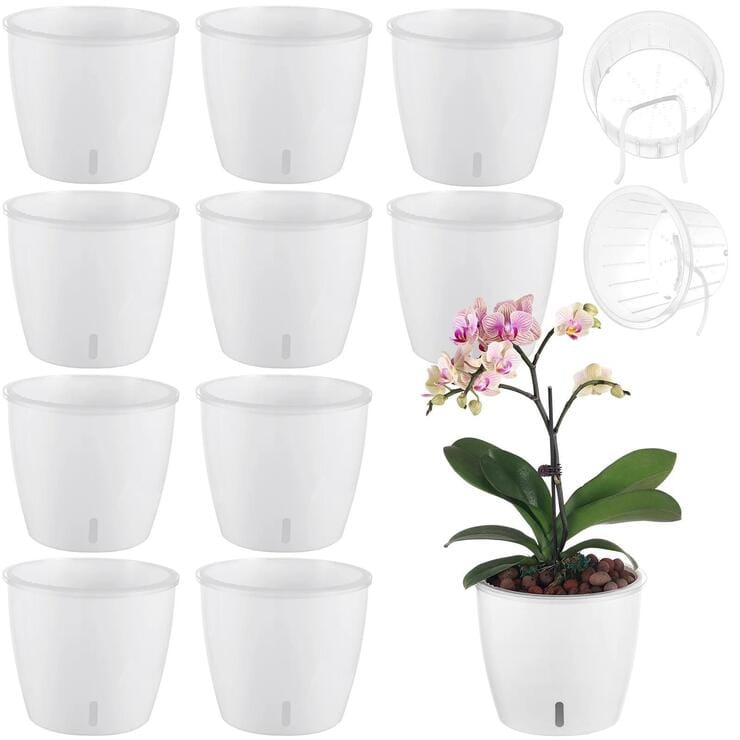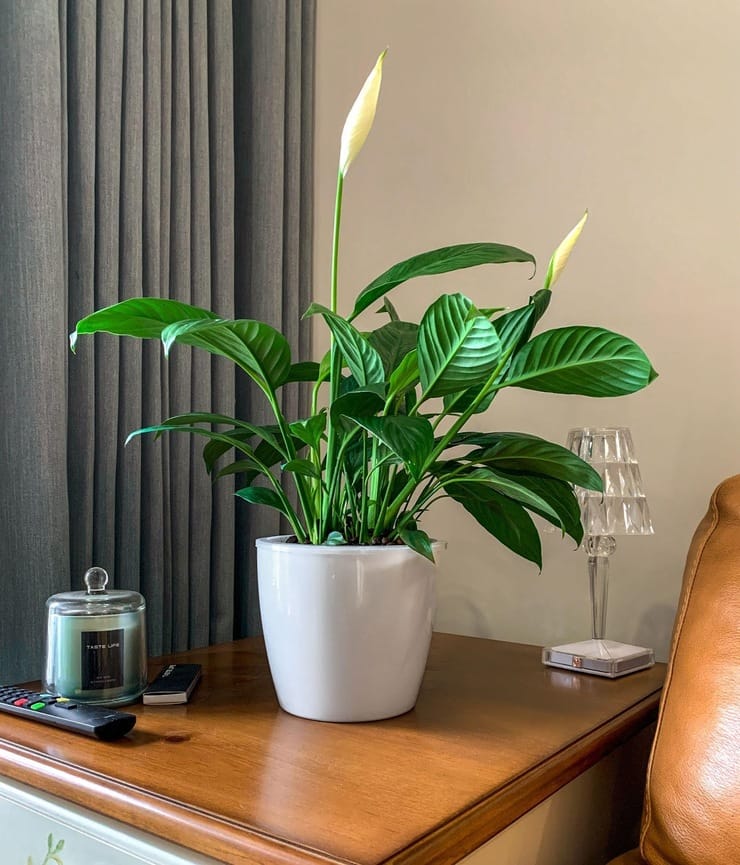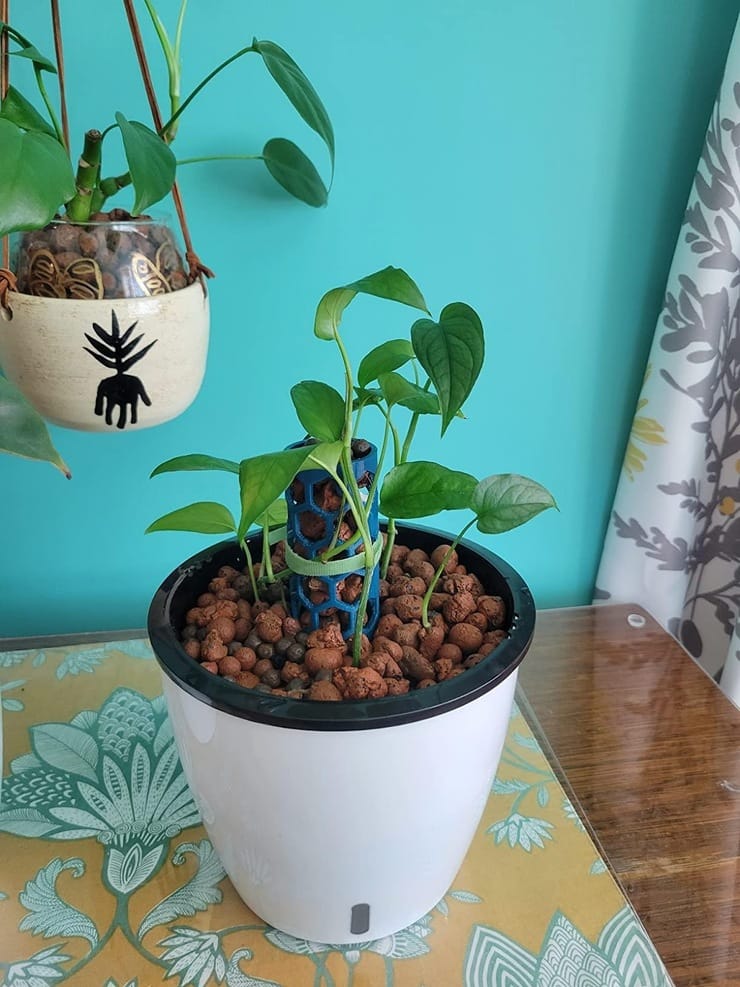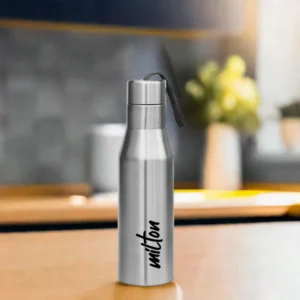Are you looking for plants that can thrive in self-watering pots? Self-watering pots are a great way to keep your plants healthy and hydrated, without the need for daily watering. In this article, we’ll explore the top 8 best plants for self-watering pots.
From succulents and ferns to air plants and flowers, we’ll cover all of the best options available. We’ll also discuss tips on how to care for each plant to ensure they stay healthy and look their best. Whether you’re new to gardening or an experienced grower, you’re sure to find something here that will work perfectly in your home or garden. So let’s get started!
1. African Violets (Saintpaulia)
African violets can be grown in Planterhoma self-watering pots, but they need to be monitored closely. First, make sure the pot has a water reservoir and that it is large enough to hold the plant’s root system. Make sure to fill it with lukewarm water and not cold, as this can damage the roots. The soil should also be slightly moist, but not too wet. Finally, check for signs of over-watering or drying out, such as wilted or yellow leaves. If necessary, adjust your watering schedule accordingly.

2. Peace Lilies (Spathiphyllum)
Peace Lilies (Spathiphyllum) do best in soil that is consistently moist, but not soggy. A self-watering planter is a great way to ensure the soil remains at a consistent moisture level. Self-watering planters have a reservoir of water at the bottom that slowly releases water into the soil as it is needed. This helps to keep the soil from becoming overly saturated and prevents root rot and other plant diseases.

3. Pothos or Devil’s Ivy
Pothos (Devil’s Ivy) is a great plant for self watering planters. This popular houseplant is easy to care for and can thrive in almost any conditions. It’s an ideal choice for busy people because it requires minimal attention, but still provides lush foliage and attractive trailing vines. Pothos prefers bright, indirect light and moist soil. Keep the soil evenly moist by using a self-watering planter to help maintain consistent moisture levels, but avoid over-watering as this can cause root rot. Feed your pothos every two weeks with diluted liquid fertilizer during the growing season.

4. Fiber Optic Plant (Isolepis Cernua)
Fiber optic plant (Isolepis cernua) is a unique aquatic plant that has beautiful and delicate foliage. Its leaves are long and slender, with a slight curl or wave at the end. The leaves are light green in color and look almost like strands of fiber optics when they catch the light. The leaves can reach up to 10 inches in length, and the plants can grow up to 12 inches in height. They are best grown in self-watering pots that provide consistent moisture for the roots. This unique plant is perfect for indoor aquariums or terrariums, as it does not require much maintenance once properly established.
5. Umbrella Palm (Cyperus Alternifolius)
The Umbrella Palm (Cyperus Alternifolius) is an excellent choice for a self-watering planter. This tropical plant is native to Southeast Asia and grows best in warm temperatures with high humidity. The Umbrella Palm is known for its lush foliage and graceful arching fronds that can reach up to 6 feet in height. Its leaves have a fan-like shape, which gives it an umbrella-like appearance. When put in a self-watering planter, this plant will need less watering because the water reservoir built into the bottom of the planter will keep the soil moist all the time. Also, this type of potting system helps save water and keeps the plant from getting too much water.
6. Ferns (Polypodiopsida)

Ferns are relatively easy plants to grow, and they make great additions to self-watering planters. To get started, you’ll need a pot that’s at least 6 inches deep and has drainage holes. Fill the pot with a commercial soil-less mix and add some slow-release fertilizer. Then arrange your ferns in the pot and water them thoroughly. Place the planter in a spot that gets indirect sunlight, such as near a north-facing window or in a shaded area outdoors. Make sure to monitor the moisture levels and top up the reservoir when needed. With proper care, your ferns should thrive in their new home!
7. Cilantro or Coriander (Coriandrum Sativum)
Coriander (Coriandrum sativum) can be successfully grown in a self-watering planter. The soil should be light and well-draining, with a pH of 6.5–7.5. Keep the soil evenly moist, but not soggy. Place the container in an area where it will get plenty of sunlight, preferably at least 6 hours per day. Fertilize every 4–6 weeks with a balanced fertilizer to ensure optimal growth and productivity. Harvest the leaves when they are young and tender for best flavor.
8. Cherry Tomatoes Plant
Cherry tomatoes can be grown in self-watering planters with success. The planter should have adequate drainage holes, as too much water can lead to root rot or other diseases. Make sure you are using a sterile potting mix and provide your plant with plenty of light and warmth. You may need to water your plants more often in hot, dry weather. Fertilize regularly with a balanced fertilizer to give your tomatoes the nutrients they need for growth and production. If possible, use a fertilizer specifically designed for tomatoes.
Conclusion
The Top 10 Best Plants for Self-Watering Pots are an excellent way to add beauty and vibrancy to any home or office. They require minimal maintenance, require little water, and can thrive with just a bit of care. Other than the above mentioned succulents, the Spider Plant, Chinese Evergreen, Aloe Vera, Prayer Plant, Cast Iron Plant, Snake Plant, and ZZ Plant are all excellent options for self-watering pots that will bring life and color to any space.











